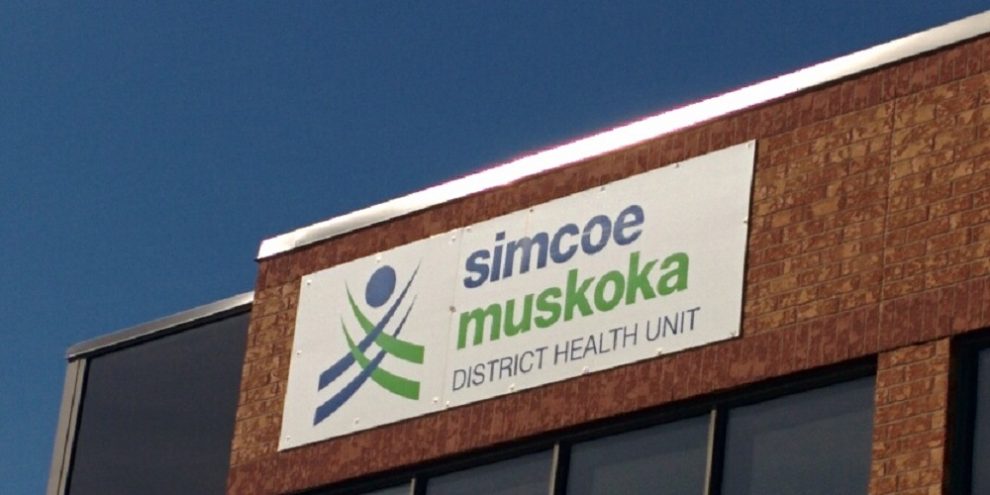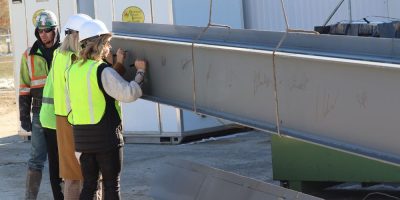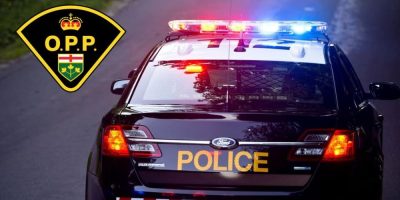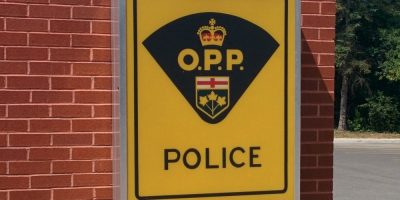
After seven days, the Simcoe Muskoka District Health Unit (SMDHU) lifted the advisory it issued regarding a potential blue-green algae bloom Friday.
Blue-green algae are microscopic organisms that are naturally present in freshwater. They are usually present in low numbers but can rapidly increase when the water is warm, slow moving, shallow, and full of nutrients such as nitrogen and phosphorous.
Those conditions can promote dense blooms and some can produce toxins that are harmful to the health of humans and animals. Symptoms can be more serious if water is swallowed in large quantities.
Blooms will appear green, blue, turquoise or olive green in colour. It may also look like scum, foam, mats or paint floating on the water’s surface. However, it wouldn't be uncommon for the microorganisms to be present below the surface. They can smell like rotting plants, garbage, or rotten eggs.
Generally, cooler weather, rainfall, and reduced sunshine can lead to the breakup of an algal bloom. Decreasing the amount of nutrients entering the water source can also limit their occurrence and severity.
The SMDHU says it will continue to closely monitor the water.





